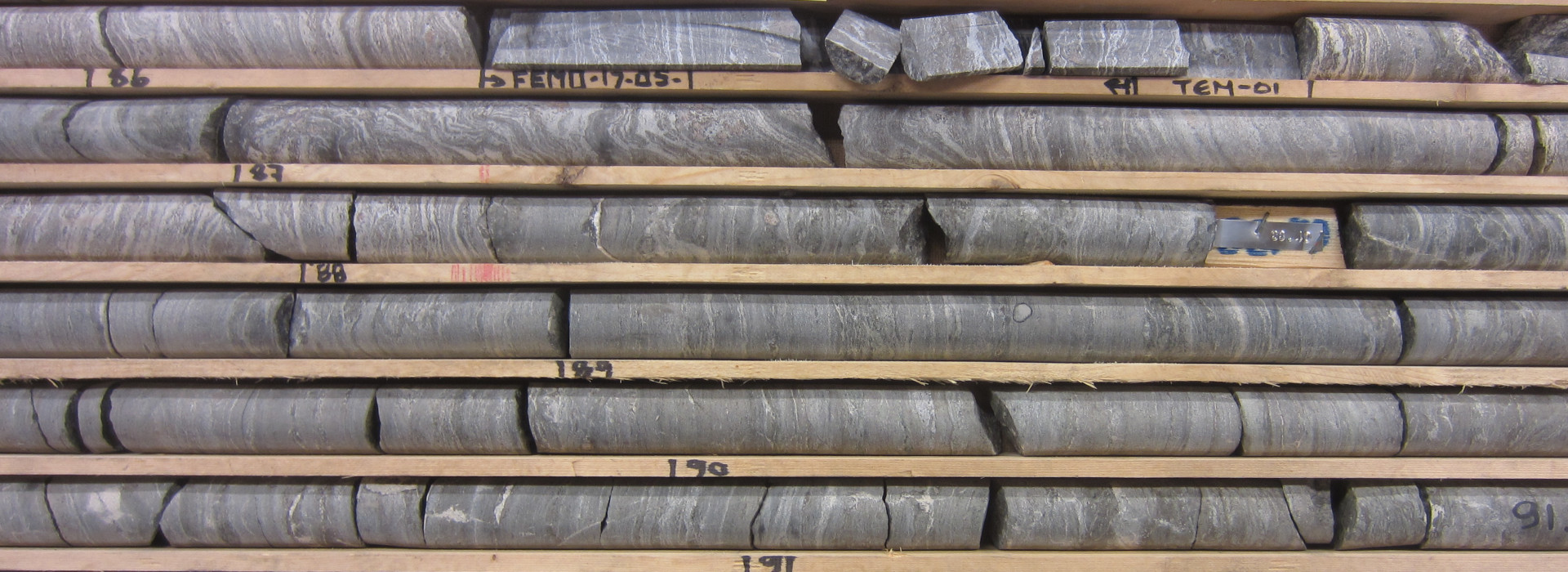Content
Global warming and geopolitical issues are merging in a unique way in the Arctic region. While territorial questions remain to be open, climate change is affecting the area rapidly, which causes huge environmental shifts. These changes include - amongst others - a warming of the Arctic air and sea water, a melting of ice, a thawing of permafrost and the spreading of invasive species.
Recently, the highly specialised ecosystems are being challenged by these developments, whose origins are mostly located outside the Arctic area. Nevertheless, they cause far-reaching interdependencies as well as self-energising processes in the High North. Therefore, a solution for the environmental problems can only be achieved on a global scale.
Furthermore, Global warming is responsible for the changing availability of Arctic resources. Numerous resources – like mineral oil and gas, shipping routes, Arctic fishery and crop land – are becoming available for usage and exploitation due to several melting and thawing processes.
Although the economical use of these resources may not be profitable in the near future, their bare existence gives cause for conflicts and confrontations on regional, national and international scales. Hence, not only the five states which share a borderline with the Arctic Ocean are involved, but also non-Arctic countries.
Referring to this special situation, the scope of this project is to develop a theory that fits to the uniqueness of the Arctic region. In addition, climate forecasts should be integrated to identify conflict potential in the area as well as the possibility for sustainable solutions.
